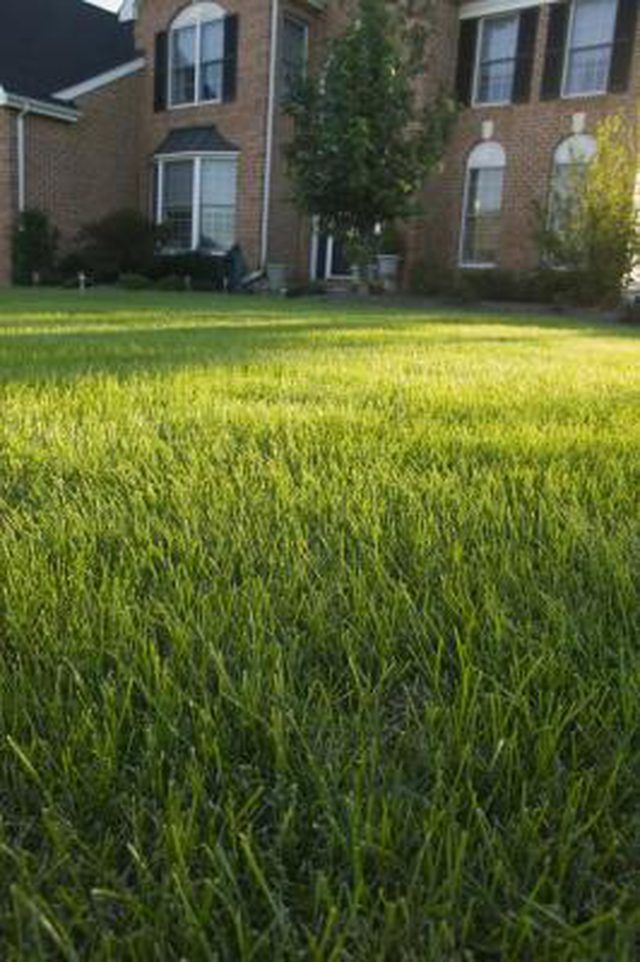Bulbs
Flower Basics
Flower Beds & Specialty Gardens
Flower Garden
Garden Furniture
Garden Gnomes
Garden Seeds
Garden Sheds
Garden Statues
Garden Tools & Supplies
Gardening Basics
Green & Organic
Groundcovers & Vines
Growing Annuals
Growing Basil
Growing Beans
Growing Berries
Growing Blueberries
Growing Cactus
Growing Corn
Growing Cotton
Growing Edibles
Growing Flowers
Growing Garlic
Growing Grapes
Growing Grass
Growing Herbs
Growing Jasmine
Growing Mint
Growing Mushrooms
Orchids
Growing Peanuts
Growing Perennials
Growing Plants
Growing Rosemary
Growing Roses
Growing Strawberries
Growing Sunflowers
Growing Thyme
Growing Tomatoes
Growing Tulips
Growing Vegetables
Herb Basics
Herb Garden
Indoor Growing
Landscaping Basics
Landscaping Patios
Landscaping Plants
Landscaping Shrubs
Landscaping Trees
Landscaping Walks & Pathways
Lawn Basics
Lawn Maintenance
Lawn Mowers
Lawn Ornaments
Lawn Planting
Lawn Tools
Outdoor Growing
Overall Landscape Planning
Pests, Weeds & Problems
Plant Basics
Rock Garden
Rose Garden
Shrubs
Soil
Specialty Gardens
Trees
Vegetable Garden
Yard Maintenance
How to Bring Back a Dead Lawn
How to Bring Back a Dead Lawn. Lawns die for a number of reasons, including drought, high traffic, standing water and temperature extremes. Reviving a dead lawn involves reseeding and proper lawn maintenance. Once you bring the lawn back, you can prevent it from dying again through regular watering and mowing, which will encourage thick grass...

Lawns die for a number of reasons, including drought, high traffic, standing water and temperature extremes. Reviving a dead lawn involves reseeding and proper lawn maintenance. Once you bring the lawn back, you can prevent it from dying again through regular watering and mowing, which will encourage thick grass growth, and prevent drought death, overcrowding from weeds and insect invasion. You also must treat the issue that caused the grass to die in the first place, if it is a drainage or insect problem.
Things You'll Need
Insecticide
Topsoil
Spring tine rake
Grass seed spreader
Water
Nitrogen lawn fertilizer
Lawn mower
Apply an insecticide to the soil, if that is what caused your grass to die. Use only an insecticide rated for the specific pest in your lawn and follow all package directions during application.
Fill in any low spots in the yard with topsoil. If you have a severe drainage problem that leads to constant standing water, install a drainage system in the lawn.
Rake the lawn with a spring tine rake to remove dead thatch and rotting roots. Discard the material in the compost pile. This will increase air circulation to the soil and also increases seed-soil contact during reseeding.
Reseed the lawn in the spring or fall with a grass species that will tolerate your lawn's conditions. If your lawn died because of drought, select a drought and heat tolerant species. Use a grass seed spreader to spread the seed over the lawn in even rows at the rate instructed on the seed bag.
Water the seed in with a low pressure garden hose. Continue watering frequently enough to keep the soil moist, which will increase germination.
Apply a nitrogen-rich lawn fertilizer in mid to late spring. Mow the lawn frequently enough to keep it at 3 inches. This encourages deep root growth and shades out weeds.